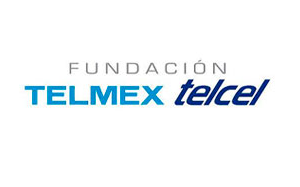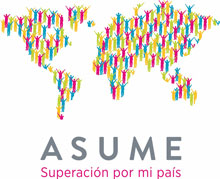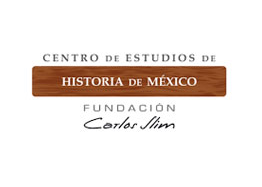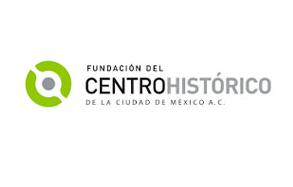Vaquita, beyond an endangered species
The Vaquita is a porpoise species endemic to Mexico and lives only in the Upper Gulf of California. Unfortunately the populations of small mammal have declined dramatically in recent years, collateral victim of illegal fishing of totoaba fish.
In an interview with Carlos Slim Foundation, the Mexican scientist and project manager of the Vaquita Conservation, Protection and Recovery (Vaquita CPR), Lorenzo Rojas Bracho, said that efforts to prevent the species becoming extinct are unprecedented internationally.
“This may it be a paradigm in strategies for conservation of the species, because no one has done it globally,” he said.
The recent capture of a vaquita of approximately six months of age, has given impetus and confidence to all protocols to save the species.
“We know they born by April and we estimate that it was a six months old offspring. It had already teeth, which means it could feed by itself,” said Rojas-Bracho. As part of security processes for not endangering the animals, each boat has a veterinarian on board, who determines whether it is viable or not the vaquita’s capture.

The cows that were seen by the specialists had already been observed in 2008, thus they have learned to avoid the nets “turn around or go below.”
This time, the small vaquita showed good signs to be moved to ‘El Nido’ (The Nest), a maritime facility that protects the specimens taken for approximately 48 hours.
El Nido is conditioned so that specialists can study the characteristics the vaquita, and determine whether they are suitable to be taken to a sanctuary or be returned to the sea.
These facilities were towed months ago from Ensenada, surrounding the Baja California peninsula, on a boat of the Whale Museum.
Inside there are two natural areas of six and nine meters in diameter, respectively; It also has a floating structure for observation and care of marine mammals.

As its name implies, the Vaquita CPR program aims to safeguard the vaquita and release it again in the Upper Gulf; however, this may not be possible in the short term until ensuring there are no hazards in the area such as fishing nets causing their death.
According to the United Nations (UN), the “ghost nets” constitute about 10% of marine waste in the world. They are considered a silent predator of marine biodiversity; where turtles, fish, crabs, seals, dolphins and whales die trapped due to this practice of the fishing industry.
According to Rojas-Bracho, it is estimated that 75 percent of incidental vaquita deaths were by nets meant for totoaba fishes.
During the work for nets removal in the Upper Gulf of California, it was discovered that a large percentage was practically new, which means that the illegal trade of totoaba fish remains as one of the main threats for the survival of the species.
So far, the designing of fishing gear that prevent incidental death of the vaquita and other species has not succeeded, so the specialist considered important to open a call for new ideas to solve this problem.

Finally, he said that it is not about saving the species and harm fishermen but to find effective solutions, such as fishing equipment, to prevent the death of animals that are not the target, and allow the fishing industry to continue operating.
Since its creation, Carlos Slim Foundation has as one of its main objectives protecting the environment, so it has promoted various alliances with important institutions dedicated to the preservation and maintenance of a healthy environment that supports the development of people.
From 2010 to 2017, through its alliance with the World Wide Fund for Nature (WWF Mexico), the Foundation has supported the development of two projects that impacts in the habitat conservation of the vaquita:
- Sustainable fishing in the Upper Gulf of California: Development and promotion of responsible consumption and eco labeling for the conservation of the vaquita.
- Supervision and monitoring Priority Marine Protected Areas.
Additionally, last June, a Memorandum of Understanding was signed with the Federal Government and the Leonardo DiCaprio Foundation, through which they agreed to cooperate in the protection of marine ecosystems in the Gulf of California, which have been under increasing pressure due to overfishing.









